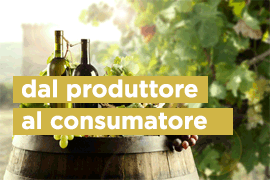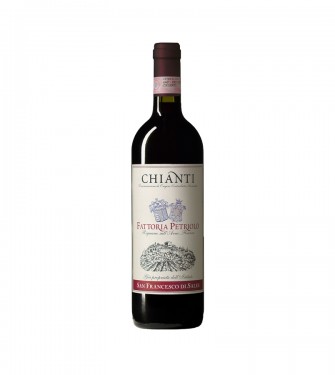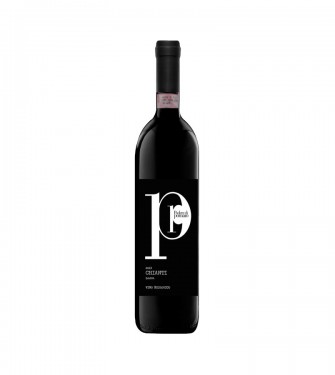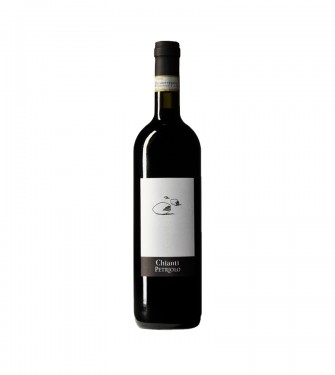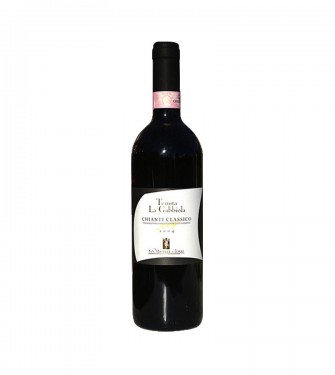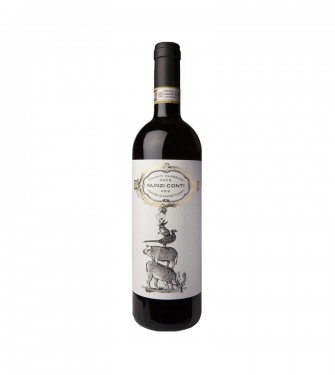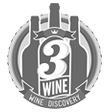Chianti DOCG WINES
Chianti is a blend of wines used in the Tuscany wines. The type of wine made has different aromas ranging from red fruits, violets, dried herbs and bitter cherries. Chianti wine is made from San Giovese grapes. (continue)
-
Prezzo di listino: € 10,70Special Price € 5,35 -50%
-
-
Prezzo di listino: € 12,20Special Price € 6,10 -50%
-
Prezzo di listino: € 17,03Special Price € 14,19 -17%
-
Prezzo di listino: € 18,35Special Price € 15,29 -17%
Chianti DOCG WINE
Chianti is a blend of wines used in the Tuscany wines. The type of wine made has different aromas ranging from red fruits, violets, dried herbs and bitter cherries. Chianti wine is made from San Giovese grapes. Fora wine to qualify to be called Chianti, the content has to be at least 80% San Giovese grapes. Some winemakers prefer to blend the grapes with other varieties to soften the finished wine.
Vines and wine making
The harvesting begins in the middle of September. The grapes first undergo a physical cleaning and separation process. The grapes are then crushed to obtain the must. The must obtained from the crushed grapes is transferred to cemented vats. Here the must undergoes fermentation and chemical processes and must be carried out in the presence of skins. The grape residues must also be included to add color and distinct aroma. The fermentation takes place for a few days.
There is a second fermentation where the must is enriched with alcohol. The wine must be separated from the skins, stems, and residues from the first fermentation.
The wine is then decanted into other vats, and the residues are sent to the distillery to be utilized in the production of grappa. The wine then rests for several months, and a final decantation is done to separate the wine from the residues of fermentation.
Organoleptic properties
The wine is high in tannins and will dry your mouth out. It is also high in acidity and very earthly and rusty. The smell is that of strawberries and cherries and also the taste.
Serving
The wine goes well with pretty much anything. However, it complements Italian dishes. Examples of food that do well with the wine include barbecued T-bone steak, steamed pork spare ribs with black bean, and confit duck with sweet potato mash. The acidity makes it ideal to accompany any meal.


